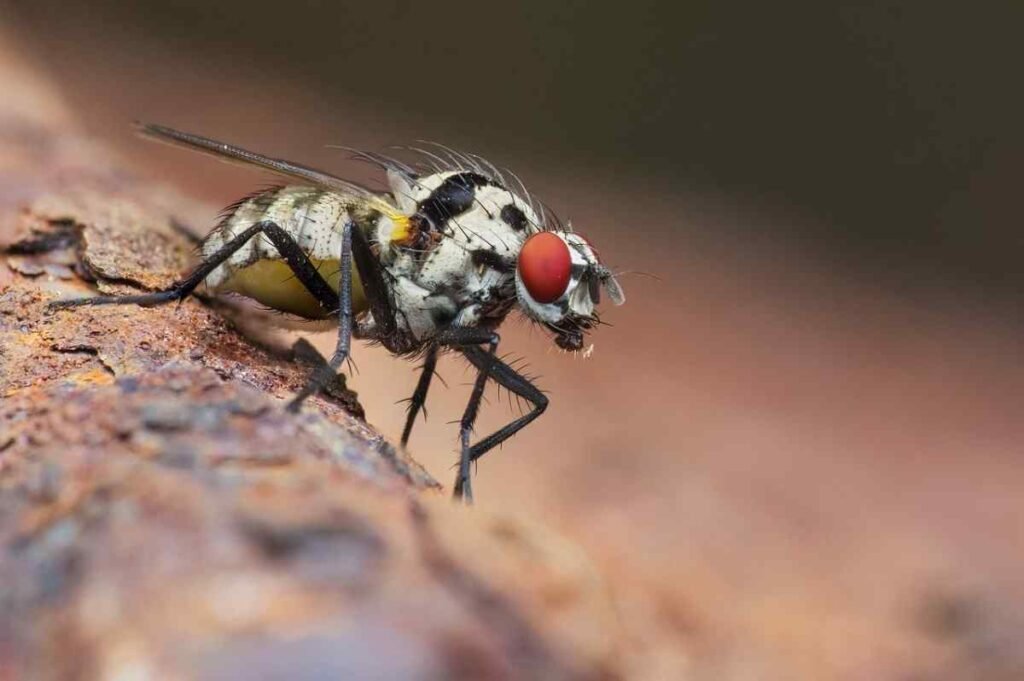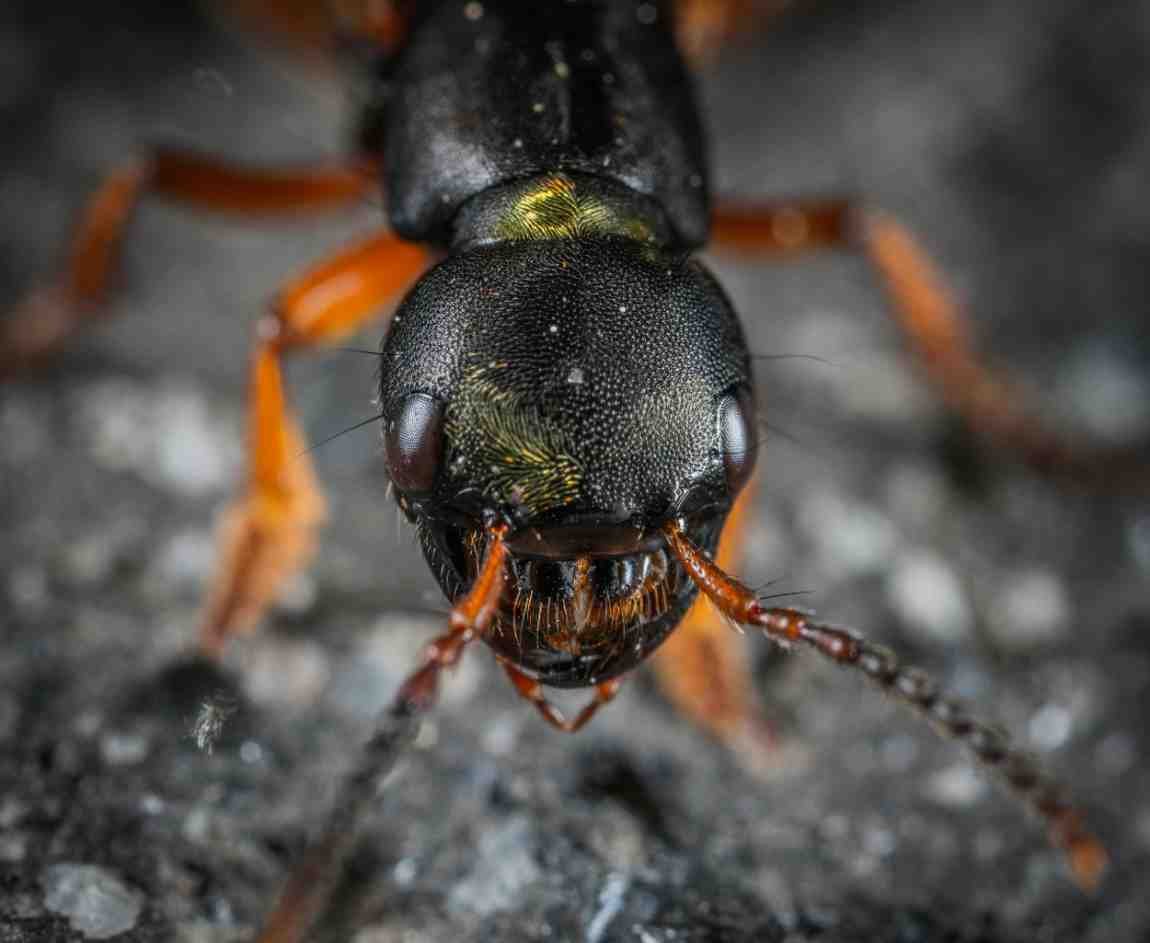Macro photography opens up the world of small details and complex beauty, making everyday objects into amazing pieces. It can be an interesting way to explore the hidden marvels around us for starting photographers. This article is a thorough and practical guide on macro photography ideas for beginners that will assist you in producing enchanting images.
Understanding Macro Photography
Macro photography is the art of taking detailed photos of small objects, capturing those features that are not apparent to the naked eye. Generally, macro photography refers to photographing subjects at 1:1 or greater ratio meaning that the subject is captured on the camera sensor life-size or larger.
Necessary Equipment for Macro Photography
- Macro Lens: For close-up shots with great detail, a dedicated macro lens would be perfect. These lenses are made specifically for short-focusing distances.
- Extension Tubes: They provide a cheap alternative solution to macro lenses as they allow your existing lenses to focus closer than their normal minimum distance.
- Tripod: A stable tripod keeps your pictures sharp especially when using small apertures and slow shutter speeds.
- Lighting: Proper lighting is crucial when it comes to macro photography. Ring lights, diffused natural light or portable LED lights can help evenly illuminate your subject matter.
- Remote Shutter Release: When you click on this option it ensures that the camera remains steady thus enabling one to get crisp and clear photos since there won’t be any vibrations from the hand which often leads to blurred photographs

Ideas about Macro Photography for Beginners
1) Nature’s Wonders
There are abundant subjects provided by nature itself that can be used for macro photography such as:
Flowers
Macro photography has gained popularity among flowers since it brings out their intricate patterns, rich hues, and delicate textures in stunning close-ups. Vary angles and use different lighting conditions to emphasize how each flower stands out as uniquely beautiful.
Insects
Insects are colourful and have interesting body parts which make them excellent subjects for macro photography. It takes some time to focus on capturing images of insects as they move about quite rapidly. You can catch these creatures when they are less active and more approachable, in the early morning hours.
Water Droplets
Macro shots look stunning with water droplets on leaves, petals, or spider webs. Try using a spray bottle to add droplets on your subject and experiment with backlighting so that you get sparkling drops
2) Everyday Objects
Creating artful compositions out of everyday objects is a fulfilling endeavor in macro photography: here are some ideas using common items:
Textures
Macro shots can be taken on surfaces such as wood grains, fabric weaves, or peeling paints. Pay attention to the details and patterns that give texture character.
Food
Fruit & Veggie photoshoots aren’t just for Instagram anymore! Capture their intricate details and textures by coming up close to fruits, vegetables, spices, or even baked goods like bread loaves. Soft even illumination could be achieved through window light.
Household Items
Interesting subjects abound in your home. For instance, old coins, and jewellery may become very fascinating things to look at when one sees them from a closer range.
3) Abstract Macro Photography
Abstract macro photography allows you to shift your focus from what the object is to the shapes, patterns, and colors that form it. This technique gives ordinary objects an artistic touch enabling them to become unique pieces of art.
Oil and Water
When oil mixes with water in a glass bowl, it forms some incredible abstracts. If you want to take interesting photos using the dish, try putting it on top of something colored or use a bright background.
Soap Bubbles
For abstract macro photography, soap bubbles prove to be very helpful. Capture these spinning colors with your macro lens.
Crystals and Minerals
Macro photographs can be made stunning with the help of gems, minerals, and crystals. Pictures taken from their exclusive structure and reflective surfaces are worth looking at.

Practical Tips for Beginners
Mastering Focus and Depth of Field
Manual Focus
Manual focus works best because macro photography requires precise focus. Switch your camera to manual mode focusing and use live view zoom to set accurate focusing.
Depth of Field
In a shallow depth of field, an image will only have a part that is sharp since this kind of photography has extremely narrow depths. A smaller aperture (higher f-number) should be used to increase the depth of field but keep in mind that more light or slower shutter speeds will be required.
Lighting Techniques
Natural Light
For many photographers natural lights are usually the best ones for macro shooting. The diffused softness provided by morning or evening lighting is ideal for macros.
Artificial Light
Sometimes artificial lighting such as ring lights or LED panels can be used when there is not enough natural light. To avoid harsh shadows and highlights diffuse the light source.
Reflectors and Diffusers
Reflectors can help bounce light onto your subject to fill in shadow areas and give even illumination across the frame. Soften the light using diffusers so that it does not look too harsh on the subjects’ faces.
Composition and Background
Fill the Frame
Get close up to your subject matter until it fills up space in your viewfinder; this allows you to capture essential details as well as textures which give high-impact images.
Simplify the Background
Keep the background simple. A blurred background can be achieved through shallow depth of field or capturing the subject matter against a plain backdrop that makes it possible to concentrate on details.
Rule of Thirds
To add more action and interest to your macro photography apply the rule of thirds. Let your subject appear off-center to make a dynamic image.
Post-Processing
Sharpening
A slight increase in sharpness helps to improve macros. Sharpening tool in editing software is used so as to have this effect but without overdoing it for an unnatural look.
Contrast and Color
Increasing contrast makes macro pictures visually attractive. An increased color saturation gives stronger colors.
Cropping
By cropping, you improve your composition by reducing elements that are distracting. However, attention should also be taken not to lose resolution during this final process so that one gets a high-quality image.
Conclusion
There is no limit to what can be done with creativity and love for photography when it comes to macro photography. Newcomers can take stunning images that show the intricacy behind everything around them by experimenting with different subjects and styles. One has endless options from abstract compositions, everyday things, and natural marvels among others. With good equipment, practical tips, and a little patience anybody can become a great photographer in Macro Photography who will create amazing photographs. So grab your camera, try these photography ideas out for yourself, and dive into an amazing world of close-up photography!

